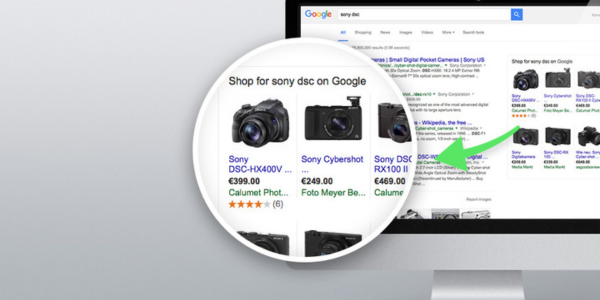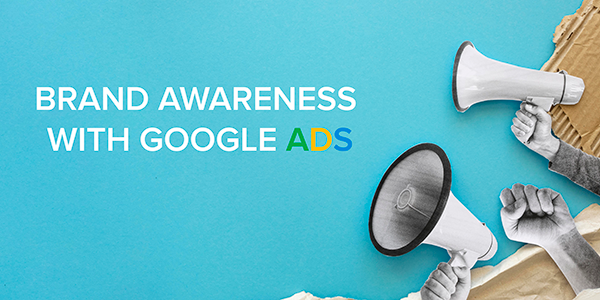content
What is target audience segmentation?
Target audience segmentation is not just a buzzword from marketing textbooks, but a real necessity in modern digital campaigns. If you’re still showing the same ad to everyone who has ever visited your website, you’re probably wasting your budget like an old man throwing grain to pigeons: someone might bite, but it’s useless.
Segmentation allows you to divide the total audience into smaller, more homogeneous groups with which you can communicate more accurately, efficiently, and… cheaper. A properly segmented audience is half the battle in PPC. According to Campaign Monitor research, personalized campaigns generate 6 times more transactions than generic ones.
It’s not about “let’s try everything for everyone,” but about “let’s show the right thing to the right people at the right time.” It sounds simple, but it is only realized when segmentation ceases to be a point in the strategy and becomes part of the operational process.
Let’s consider this topic in more detail in the article of the ADV Advantage blog.

What parameters are used to segment the target audience?
Most often, segmentation starts with demographics. Age, gender, income level, marital status – all of these directly affect the motivation to buy. Advertising premium gadgets to a first-year student is a bit like inviting a cat to the pool: it may come, but don’t expect any excitement.
The next step is geography. For local businesses, segmentation by city or even district can be crucial. Those who live in the city center have different habits than those who live on the outskirts. And advertising a sushi delivery in the center at 23:00 is not so necessary for those who are 10 km away from the nearest restaurant.
Behavioral parameters add even more depth. For example, users who often browse products but do not buy are “eternal researchers” and require a different approach. And those who put it in the cart and disappear are potential buyers who are just waiting for a good push (or a 10% discount).
How to identify the target audience and create a customer profile
Psychographics is another layer: values, lifestyles, beliefs. It is not about how old a person is, but about what is important to them. Vegans, feminists, minimalists – each of these groups reacts to messages in its own way. And it’s unlikely that one banner with a “2 for the price of 1” promotion will affect everyone equally.
And finally, technical parameters: device type, operating system, browser, even Internet speed. For example, promoting an iOS mobile app to an Android user is like selling ice skates in the summer. You can do it, but why?
Additional methods of target audience segmentation
In addition to the basic criteria, there are more subtle approaches that help build deeper communication scenarios. One of them is technographic segmentation. It is based on what kind of technological environment the user uses: devices, software, and type of connection. This is especially important in B2B, where you can separately target, for example, companies that use certain CRM systems or analytical platforms.
Achieving success in PPC advertising by understanding the B2B client
Another interesting approach is transactional segmentation. This is the division of the audience based on its previous purchases or actions. Who buys often, who buys once, who just clicks but does not pay. According to HubSpot, customers who have made at least one purchase are 60-70% more likely to return than new customers. And this is where remarketing comes to life in full force.

Seasonal segmentation also makes sense, especially for e-commerce. Some users are active only during discount periods, while others are active only during the New Year. And it is not very logical to put them in the same cart.
There is also a stage segmentation of the funnel. Some users have just learned about the product, others are already reading reviews. And someone just opened the cart tab again. They all need a different message.
Popular segmentation methods: 5W and others
One of the simplest and most effective methods is the 5W model, which helps answer the main questions about the audience: Who, What, When, Where, Why.
- Who – who is this person? Their demographic profile, social status, profession.
- What – what exactly does he or she want? What products or services are they looking for?
- When – when do they usually buy? Morning, lunch, evening, end of the week?
- Where – where is she located? City, country, even the type of device.
- Why – what motivates them to buy right now? Discount, social status, real need?
The method is convenient because it allows you not only to classify people but also to understand the logic of their behavior. And this is the basis for building personalized advertising scenarios. This structure helps a lot when creating texts, creatives, timings, and even choosing a platform for promotion.
RFM analysis (Recency, Frequency, Monetary) is also often used. It allows you to segment customers by the age of purchase, frequency of purchases, and the amount of money spent. For example, active solvent customers can be separated from “one-dayers” and each group can be handled differently.
When to start segmenting and how often to do it
The ideal moment for the first segmentation is immediately after collecting a minimum amount of data. If you already have at least a few hundred site visitors or transactions, you have a base to work with. The main thing is not to wait and not to be afraid of “insufficient statistics”. Even a simple division into new and repeat visitors already allows you to optimize costs.
Segmentation is not a one-time event. It’s like pruning grapes: if you do it regularly, you’ll get a good harvest. The optimal frequency is once a quarter or after any significant changes: price changes, new product launches, seasonal campaigns, or significant changes in user behavior.
You should also periodically review the effectiveness of your existing segments. Some may lose their relevance, while others may come to the fore. The world of users is not static. Those who bought smartphones yesterday are looking for cases today and protective films tomorrow.
Common mistakes in audience segmentation
The biggest and most insidious mistake is to segment “from yourself” rather than based on data. This is when a marketer decides that “this audience must be young mothers on maternity leave” without any confirmation. Intuition is good, but it’s no substitute for analytics. Segmentation should not be about assumptions, but about behavioral signals and numbers.
Another popular mistake is over-detailing. In an effort to make it “as personal as possible,” some people create dozens of micro-segments that they physically do not have enough budget or creatives for. The result is confusing campaigns, inconsistent messages, and team fatigue. Sometimes it’s better to have 3 strong segments than 12 weak ones.
Audience dynamics are also often ignored. People change their behavior, their interests change over time, and campaigns continue to target them “as before.” Segments can’t be created once and forgotten – they need to be reviewed and updated regularly.

And finally, don’t think that segmentation is only about advertising. It affects the content, UX, and even the work of the customer support team. Those who know their audience deeply have a better chance of not just selling but building a long-term relationship with the client.
Conclusion.
Segmentation is not just a marketing gimmick, but a strategic tool that allows you to work with your audience as accurately as possible. It’s about respecting the user’s time, using the budget efficiently, and achieving real results.
And if you’re not segmenting yet, don’t be afraid. You can start small. And if you are already segmenting, make sure your segments don’t look like your grandmother’s categories: “These are good, and those will never buy anything.” Because the modern audience is a living organism that changes faster than government tariffs.
Subscribe to our newsletter



